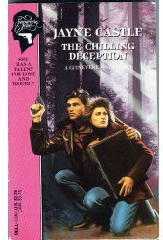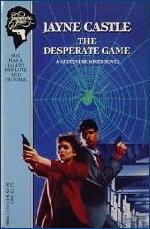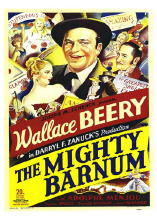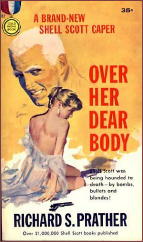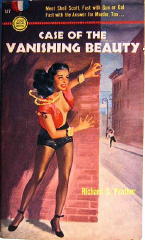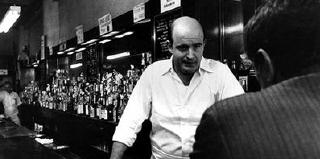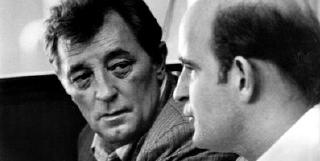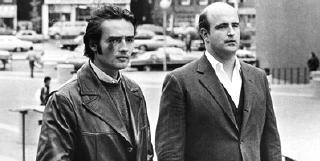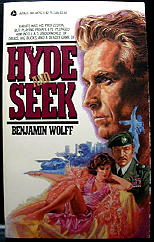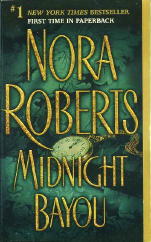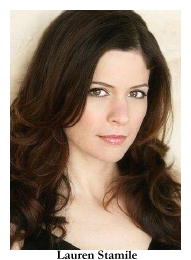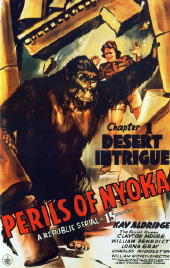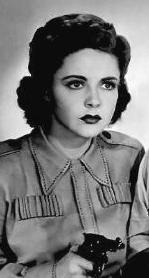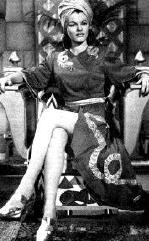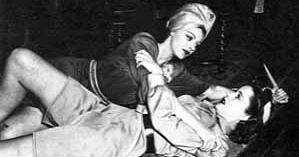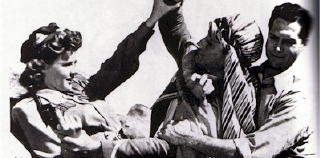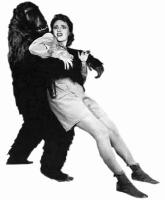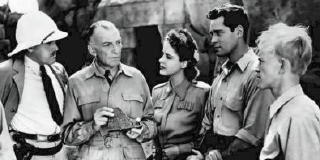Mon 15 Dec 2008
Addenda to CRIME FICTION IV – Agatha Christie films, Part II.
Posted by Steve under Crime Fiction IV , Mystery moviesNo Comments
Part I was posted about a week ago. Here’s the same introduction I used as a prologue and an explanation back then: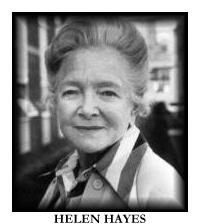
Note that the movies listed below, each based on an Agatha Christie novel or short story, are only those which are not included in the original Crime Fiction IV, by Allen J. Hubin. (They are included in the Revised CFIV, but not in this expanded version, as well as the online Addenda, where they also are.)
For more information on each of the movies or TV series episodes mentioned, follow the links provided to their corresponding IMDB entries.
CHRISTIE, AGATHA
● The Man in the Brown Suit. TV movie: Warner, 1989 (scw: Carla Jean Wagner; dir: Alan Grint). SC: Colonel Race (Ken Howard)
● The Mirror Crack’d from Side to Side. TV movie: BBC/A&E, 1992, as The Mirror Crack’d (scw: T. R. Bown; dir: Norman Stone). SC: Miss Marple (Joan Hickson)
● The Moving Finger. TV movie: BBC/PBS/A&E, 1985 (scw: Julia Jones; dir: Roy Boulting) . SC: Miss Marple (Joan Hickson). Also: Granada, 2006 (scw: Kevin Elyot; dir: Tom Shankland). SC: Miss Jane Marple (Geraldine McEwan)
● The Mystery of the Blue Train. TV movie: Granada, 2005 (scw: Guy Andrews; dir: Hettie MacDonald). SC: Hercule Poirot (David Suchet)
● The Murder at the Vicarage. TV movie: BBC/A&E, 1986 (scw: T. R. Bowen; dir: Julian Amyes). Also: ITV, 2004 (scw: Stephen Churchett; dir: Charles Palmer). SC: Miss Marple (Joan Hickson)
● Murder in Mesopotamia. TV movie [series episode]: A&E, 2001 (scw: Clive Exton; dir: Tom Clegg). SC: Hercule Poirot (David Suchet)
● A Murder Is Announced. TV movie: BBC/PBS, 1985 (scw: Alan Plater; dir: David Giles). SC: Miss Marple (Joan Hickson) Also: ITV, 2005 (scw: Stewart Harcourt; dir: John Stickland). SC: Miss Marple (Geraldine McEwan)
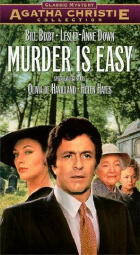
● Murder Is Easy. TV movie: CBS, 1982 (scw: Carmen Culver; dir: Claude Whatham)
● The Murder of Roger Ackroyd. TV movie [series episode]: BBC, 2000 (scw: Clive Exton; dir: Andrew Grieve). SC: Hercule Poirot (David Suchet). [The movie is reviewed here on the M*F blog.]
● Murder on the Links. TV movie [series episode]: London Weekend Television,1995 (scw: Anthony Horowitz; dir: Andrew Grieve). SC: Hercule Poirot (David Suchet)
● Murder on the Orient Express. TV movie: MediaVest, 2001 (scw: Stephen Harrigan; dir: Carl Schenkel). SC: Hercule Poirot (Alfred Molina)
● The Mysterious Affair at Styles. TV movie [series episode]: London Weekend/A&E/PBS, 1990 (scw: Clive Exton; dir: Ross Devenish). SC: Hercule Poirot (David Suchet)
● Nemesis. TV movie: BBC/PBS, 1987 (scw: T. R. Bowen; dir: David Tucker). SC: Miss Marple (Joan Hickson)
● The Pale Horse. TV movie: A&E, 1997 (scw: Alma Cullen; dir: Charles Beeson)
● Peril at End House. TV movie [series episode]: London Weekend Television,1990 (scw: Clive Exton; dir: Renny Rye). SC: Hercule Poirot (David Suchet)
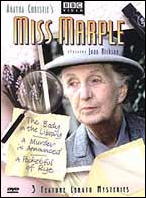
● A Pocket Full of Rye. TV movie: BBC/PBS, 1985 (scw: T. R. Bowen; dir: Guy Slater). SC: Miss Marple (Joan Hickson)
● Sad Cypress. TV movie [series episode]: London Weekend Television, 2003 (scw & dir: Dave Moore). SC: Hercule Poirot (David Suchet)
● The Secret Adversary. TV movie: London Weekend/PBS, 1982 (scw: Pat Sandys; dir: Tony Wharmby). SC: Tuppence & Tommy (Francesca Annis & James Warwick)
● The Seven Dials Mystery. TV movie: London Weekend Television, 1982 (scw: Pat Sandys; dir: Tony Wharmby). SC: Supt. Battle (Harry Andrews)
● The Sittaford Mystery. [Published in the US as Murder at Hazelmoor.] TV movie: Granada, 2006 (scw: Stephen Churchett; dir: Paul Unwin). SC: Miss Jane Marple (Geraldine McEwan). [Miss Marple did not appear in the book version. The film version seems to have been universally panned.]
● Sleeping Murder. TV movie: BBC/PBS, 1987 (scw: Kenneth Taylor; dir: John Davies) SC: Miss Jane Marple (Joan Hickson). Also: Granada, 2005 (scw: Stephen Churchett; dir: Ed Hall). SC: Miss Jane Marple (Geraldine McEwan)
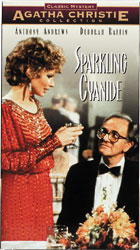
● Sparkling Cyanide. TV movie: CBS, 1983 (scw: Sue Grafton, Steve Humphrey, Robert Malcolm Young; dir: Robert Lewis). Also: ITV, 2003 (scw: Laura Lamson; dir: Tristam Powell). SC: Colonel Race (Oliver Ford Davies, as “Col. Geoffrey Reece”).
● Taken at the Flood. TV movie: Granada, 2006 (scw: Guy Andrews; dir: Andy Wilson). SC: Hercule Poirot (David Suchet)
● They Do It with Mirrors. TV movie: CBS, 1985, as Murder with Mirrors (scw: George Eckstein; dir: Dick Lowry). SC: Miss Marple (Helen Hayes). Also: BBC/A&E, 1991, as They Do It with Mirrors (scw: T. R. Bowen; dir: Norman Stone). SC: Miss Marple (Joan Hickson)
● Three-Act Tragedy. TV movie: CBS, 1986, as Murder in Three Acts (scw: Scott Swanton; dir: Gary Nelson). SC: Hercule Poirot (Peter Ustinov)
● Why Didn’t They Ask Evans? TV movie: London Weekend, 1980 (scw: Pat Sandys; dir: John Davies, Tony Wharmby)
● The Witness for the Prosecution. TV movie: CBS, 1982 (scw: Billy Wilder, Harry Kurnitz, Lawrence B. Marcus; dir: Alan Gibson)
